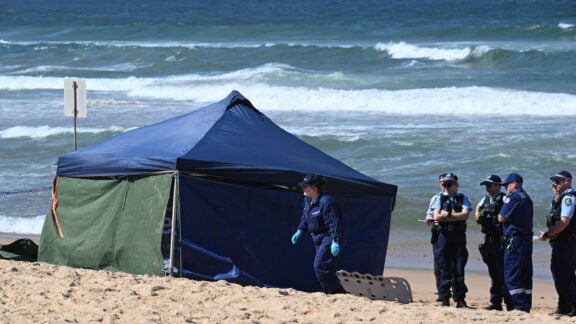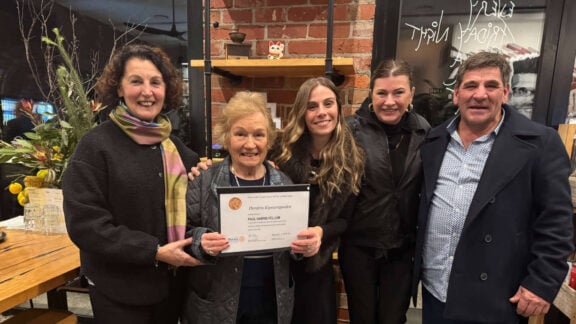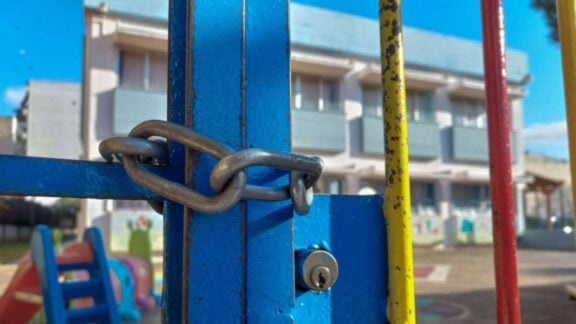As Australia’s national cabinet agrees to relax the isolation rules for close contacts of a COVID-19 case in the coming days, the national expert health panel, AHPPC, works to provide advice about how each jurisdiction can best manage dropping the quarantine period.
National cabinet also agreed to move away from PCR tests for people with mild symptoms, however, concerns persist as a new hybrid version of the coronavirus, which has genes from both the Delta and Omicron variants spreads.
The new variant, BA.2 seems to be responsible for the increase in New South Wales cases that has reached its highest daily number since January.
NSW Health Minister Brad Hazzard said cases could “more than double” in six weeks due to new sub-variant which has also been detected in Denmark, the UK, Norway and Sweden, according to Danish research institute Statens Serum Institut (SSI).
The new variant has been appropriately dubbed ‘Deltacron’, as it has genes from both the Delta and Omicron variants according to a report by IHU Mediterranee Infection in Marseille, France.
“During the SARS-CoV-2 pandemic, two or more variants have co-circulated during the same periods of time and in same geographical areas … This created opportunities for recombination between these two variants,” said the report, confirming a previous study by Greek Cypriot researcher Leondios Kostrikis.
Dr Kostrikis, professor of biological sciences at the University of Cyprus, and his team indicated that they had discovered a new version of the severe acute respiratory syndrome coronavirus 2 (SARS-CoV-2) that combined characteristics of the Delta and Omicron variants. The research team dubbed this new version the “Deltacron” breaking down its characteristics through extensive data sequencing.
There has been discovery of a new COVID-19 variant, made by a researcher in Cyprus. Leondios Kostrikis, professor of biological sciences at the University of Cyprus, is calling it the “deltacron”, insinuating it contains similar properties to the delta and omicron variants. pic.twitter.com/dei0IyrBGA
— Base10Genetics (@Base10Genetics) January 14, 2022
Initially, Dr Kostrikis’ work was seen as partially inaccurate in terms of identifying the new variant as a combination of the two strains. Now, there is “solid evidence for a Delta-Omicron recombinant virus”, the Global Initiative on Sharing Avian Influenza Data (GISAID) said.
As the world of virology now goes back to Dr Kotsrikis’ initial study to predict the course of the new variant, the government plans to allocate a $2.1 billion funding boost to help get Australia ready for the upcoming winter, when coronavirus and influenza outbreaks are expected.
Meanwhile, NSW prepares for COVID-19 cases to double next month as the new Deltacron sub-variant which is believed to be more transmissible, is becoming the dominant strain.
Dr. Leondios Kostrikis & the Cyprus team deserve credit for doing important viral sequencing work. Mistakes happen easily. Let's move forward with kindness & collaboration. We can't beat this virus alone! h/t @shay_fleishon @PeacockFlu #Omicron #deltacron https://t.co/pYW75BKIEZ
— Jeremy Kamil is also @macroliter.bsky.social (@macroliter) January 10, 2022
NSW Deputy Chief Health Officer Marianne Gale said for a new strain to become dominant it had to be more transmissible or be able to evade vaccines and the immune response.
“We can expect a rise in hospitalisations and intensive care … [but] we have progress in booster coverage — that’s the sort of thing that will help keep severe disease down.”
“We expect people who were infected with Omicron recently will have very good protection against it,” UNSW School of Population associate professor James Wood said.
“We can expect cases to rise in the 20-30,000 range. We’re a bit uncertain when and how high that will get, but that’s the range, we think. I don’t think we’ll see a big rise in numbers in severe illness.”








